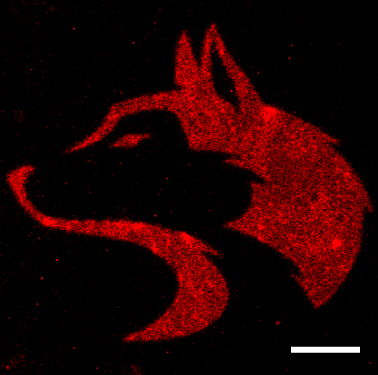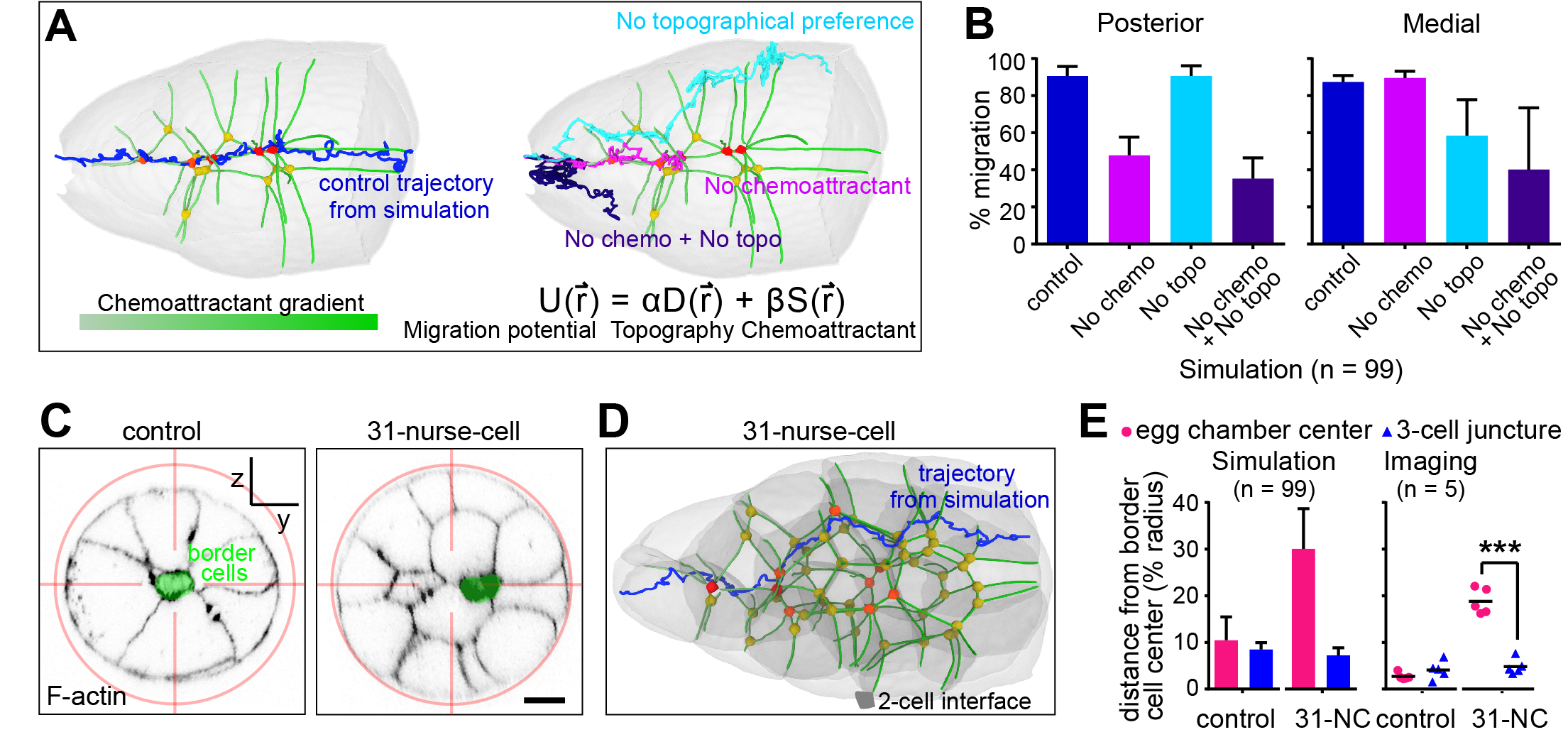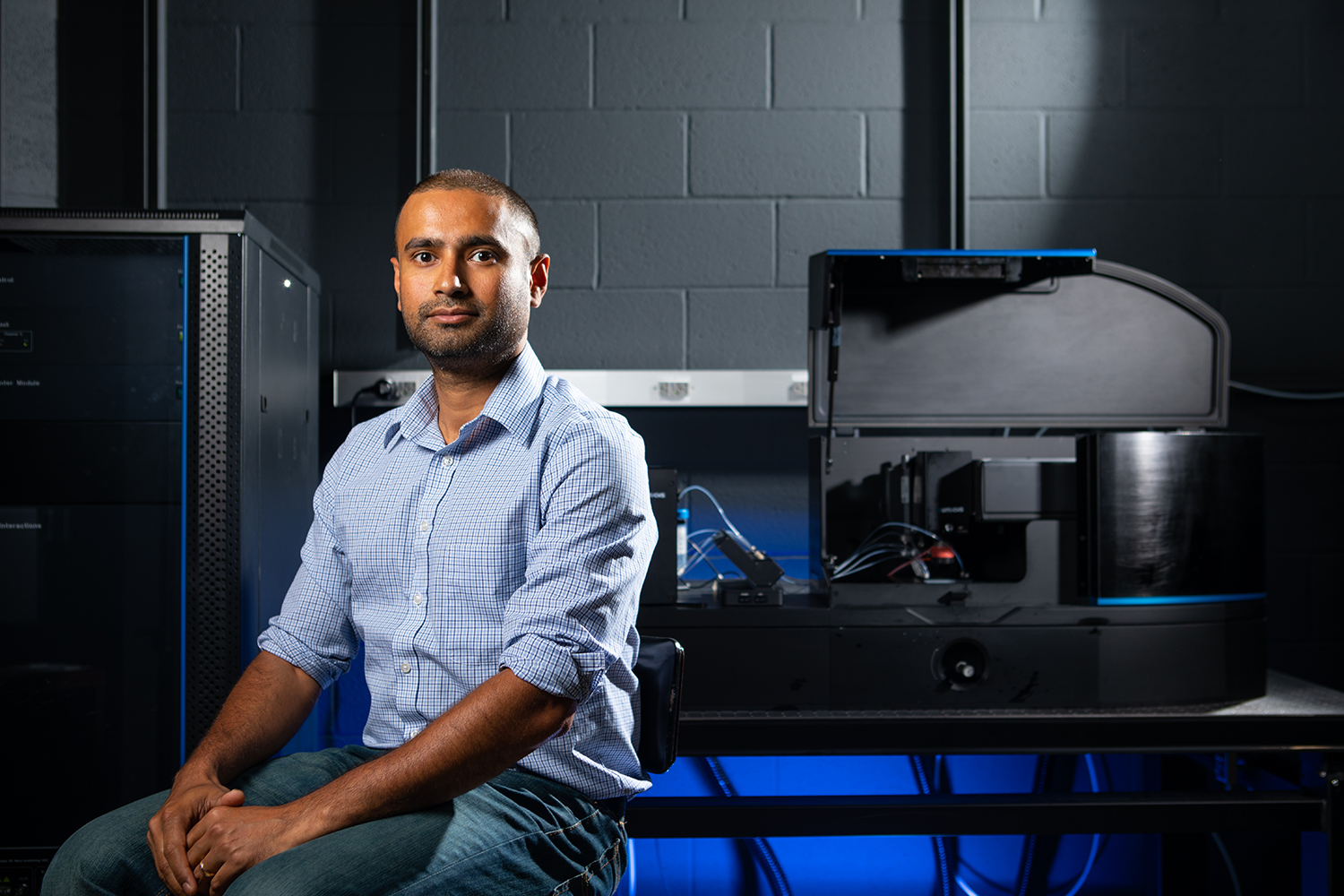The new study, led by researchers in the Saphire Lab at LJI, reveals the inner workings of the Ebola virus nucleocapsid. LA JOLLA, CA—At this moment, the world has few tools to combat deadly filoviruses, such as Ebola and Marburg viruses. The only approved vaccine and antibody treatments protect against just one filovirus species.
Tag: Cellular Biology
CHOP Researchers Improve Fitness of Cells Used in Cell Transplants
A readily available, inexpensive small molecule drug can improve the fitness of hematopoietic stem and progenitor cells (HSPCs) that are modified outside of the body, potentially improving the success of procedures like ex vivo gene therapy, according to a new study by researchers at Children’s Hospital of Philadelphia (CHOP).
New LJI research has major implications for controlling T cell activity
According to new research in the journal Immunity, T cells have a nuclear receptor doing something very odd—but very important—to help them fight pathogens and destroy cancer cells.
Artificial cells demonstrate that “life finds a way”
A study using a synthetic ‘minimal cell’ organism stripped down to the ‘bare essentials’ for life demonstrates the tenacity of organism’s power to evolve and adapt, even in the face of an unnatural genome that would seemingly provide little flexibility.
UC San Diego Sanford Stem Cell Institute Launches Stem Cells Into Space
The UC San Diego Sanford Stem Cell Institute leads its first space launch, sending stem cells into space aboard the International Space Station. The NASA-partnered study will take advantage of the microgravity environment of space to study accelerated aging in stem cells.

New structure found in cells
A research group led by Rohit Pappu in the McKelvey School of Engineering and Anthony Hyman at the Max Planck Institute have discovered a new, relevant level of structure in cells.
Researchers at UC San Diego Identify the Skin’s Master Regulator
Researchers led by George Sen, PhD, associate professor of dermatology and cellular and molecular medicine at UC San Diego School of Medicine, have identified the master regulator controlling the expression of genes regulating how the epidermis attaches to the underlying…

Researchers use lasers and molecular tethers to create perfectly patterned platforms for tissue engineering
University of Washington researchers developed a technique to modify naturally occurring biological polymers with protein-based biochemical messages to affect cell behavior. Their approach uses near-infrared lasers to trigger chemical adhesion of proteins to scaffolds made from biological polymers like collagen.

Scientists Use Geometry to Track Cell Migrations
A team of physicists and biologists investigate the effect that the geometry of the biological environment has on cellular movement. Their findings are published in the journal Science.

UB biophysicist to explore molecular mysteries of protein-RNA droplets
Inside human cells, proteins and RNA can cluster together to form spherical droplets that play vital roles in cellular processes as well as in certain human diseases. A $2 million grant will allow biophysicist Priya Banerjee’s team at UB to explore the molecular details of protein-RNA condensates.
Small Molecule Treatment Reduces Colon Cancer Metastasis
University of Chicago Medicine investigators have found a new way to slow the metastasis of colon cancer: by treating it with a small molecule that essentially locks up cancer cells’ ability to change shape and move throughout the body.

Predicting Cancer Behavior Requires Better Understanding of Tumor Cells
Our ability to predict who will get cancer, how patients will respond to treatment, or if patients will relapse is still quite limited, despite advances in the detection of genetic mutations and the establishment of risk factors; recently researchers were inspired to find new ways of looking at the problem. In Biomicrofluidics, they report that using cellular mechanophenotyping, along with traditional methods such as immunostaining and genetic analysis, may provide a more comprehensive view of a tumor.
Memorial Sloan Kettering Awards & Appointments
Memorial Sloan Kettering Cancer Center (MSK) announces the following awards and appointments.